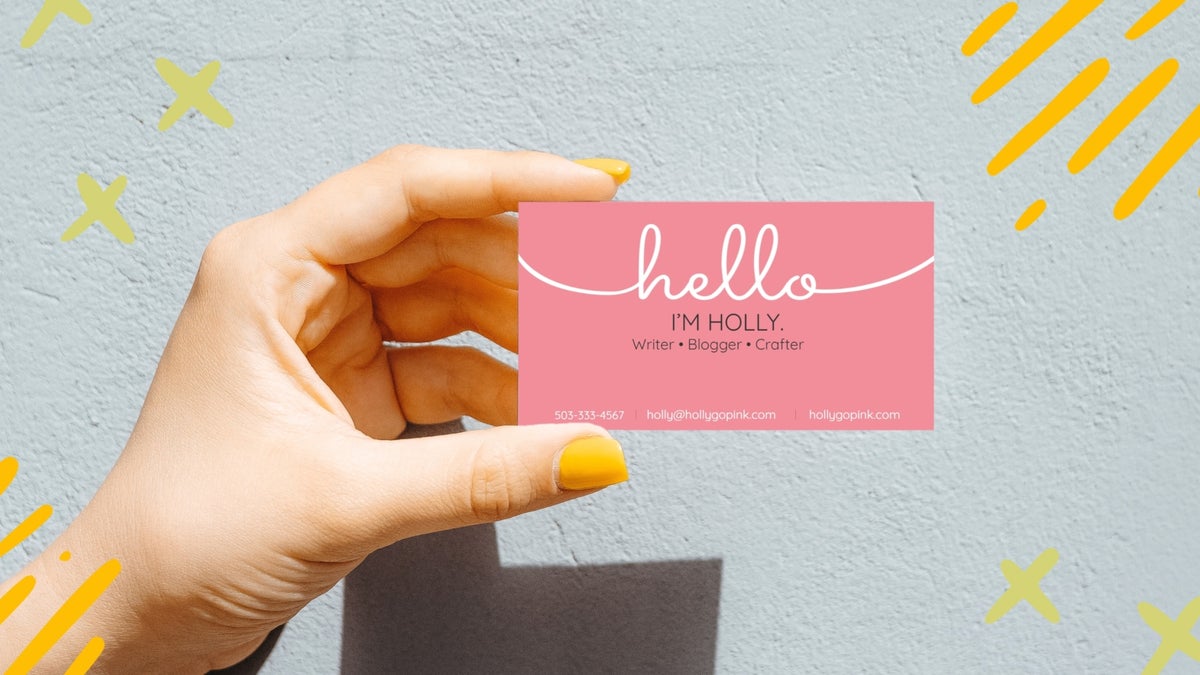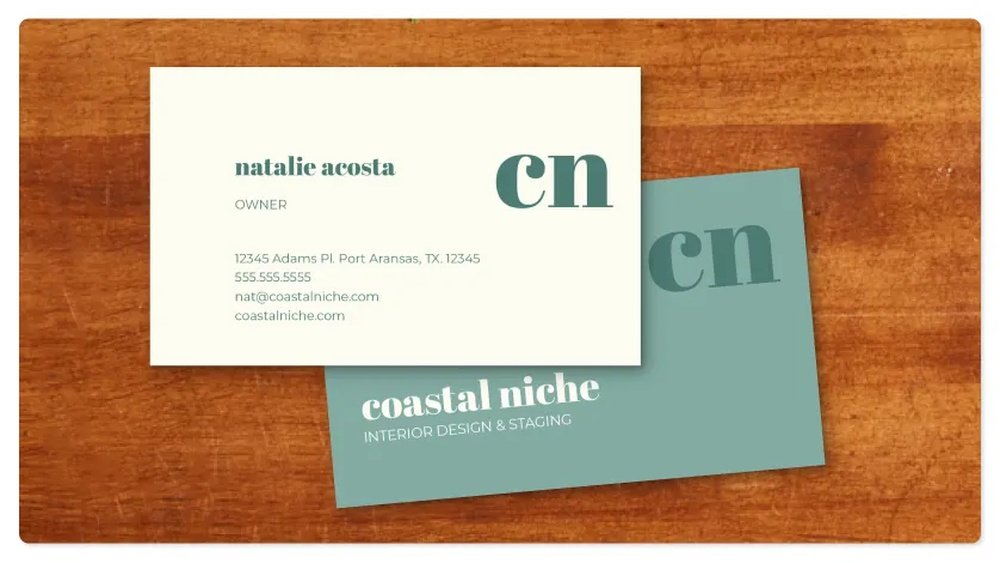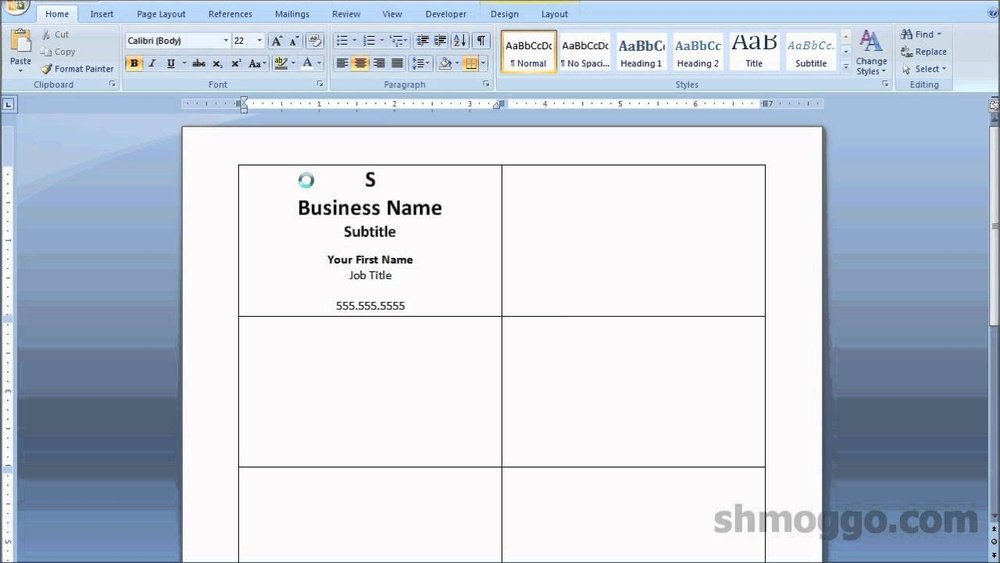Are you looking to create professional business cards without spending a fortune or leaving your home? Printing your own business cards at home can save you time and money while giving you full control over the design.
But how do you make sure your cards look sharp, clear, and truly represent your brand? You’ll discover the best way to print business cards at home—simple steps and smart tips that anyone can follow. Keep reading, and you’ll have stunning, high-quality business cards ready in no time.
Choosing The Right Paper
Choosing the right paper is key to printing great business cards at home. The paper affects how your cards look and feel. It also impacts how your printer works and the final result. Picking the best paper ensures your cards look professional and last long.
Paper Types For Business Cards
Cardstock is the most common paper type for business cards. It is thick and sturdy. Matte cardstock has no shine and gives a smooth finish. Glossy cardstock shines and shows colors well. Linen or textured paper adds a unique feel. Choose a type that fits your style and brand.
Weight And Finish Options
Paper weight is the thickness of the cardstock. Measured in pounds (lb) or grams per square meter (gsm). Heavier paper feels more durable and high quality. Common weights for business cards range from 80 lb to 110 lb.
Finish affects the look and feel of your card. Matte finish gives a soft, non-reflective surface. Glossy finish is shiny and bright. Satin finish is between matte and glossy. Pick a finish that matches your business image.
:max_bytes(150000):strip_icc()/GettyImages-185290004-5ad89fc4eb97de003770381a.jpg)
Credit: www.thebalancemoney.com
Selecting A Printer
Selecting the right printer is crucial for printing business cards at home. The printer affects the card’s quality, color, and sharpness. A good choice saves time and money. It also ensures your cards look professional and last long.
Inkjet Vs Laser Printers
Inkjet printers use liquid ink sprayed on paper. They handle colors well and create smooth images. Inkjet is great for vibrant, detailed cards. But ink can smudge if not dried properly.
Laser printers use toner powder melted onto paper. They print fast and produce sharp text. Laser prints resist smudging and water better. Colors might not be as bright as inkjet, but text looks crisp and clear.
Choose inkjet for colorful designs. Pick laser for sharp text and durability.
Printer Features To Consider
Look for printers that support thick paper or cardstock. Business cards need sturdy material. Check the maximum paper weight the printer can handle.
Print resolution matters. Higher DPI means sharper images and text. Aim for at least 600 x 600 DPI for good quality.
Consider the printer’s size and ease of use. Compact models fit small spaces well. Features like wireless printing add convenience.
Ink cost affects long-term use. Some printers have affordable refill options. Think about the price of replacement cartridges.
Designing Your Business Card
Designing your business card is a key step in creating a strong first impression. A well-designed card shows your professionalism and style. It should clearly share your contact details and reflect your brand identity. Simple design choices can make your card stand out.
Layout And Dimensions
Start with the right size for your business card. Standard dimensions are 3.5 by 2 inches. This size fits easily into wallets and cardholders. Keep margins around the edges to avoid cutting off important information. Arrange your logo, name, and contact details in a clean, easy-to-read layout. Use space wisely to keep the card uncluttered. Choose fonts that are clear and large enough to read at a glance.
Using Templates And Software
Templates help you design quickly and neatly. Many free templates are available online for business cards. Choose one that matches your style and needs. Use simple software like Microsoft Word or free tools like Canva. These tools offer drag-and-drop features to place text and images easily. Customize colors, fonts, and layout to make the card your own. Save your design as a high-quality file for printing at home. This step ensures your card looks professional and sharp.

Credit: www.youtube.com
Printing Techniques At Home
Printing business cards at home saves time and money. It also gives full control over the design and quality. The right printing technique ensures sharp text and vibrant colors. Small details matter to make cards look professional.
Choosing the right settings and testing prints helps avoid wasted paper. Careful adjustments improve the final result. This section explains easy steps to print quality business cards at home.
Setting Printer Preferences
Start by selecting the correct paper type in printer settings. Choose “Cardstock” or “Heavy Paper” for better ink absorption. Set the print quality to “High” for clear images and text. Use the layout option to print multiple cards on one sheet. Align the design with the paper size precisely. Disable any automatic color correction to keep true colors. These small settings improve print sharpness and color accuracy.
Test Prints And Adjustments
Print a test sheet on regular paper first. Check text size, colors, and alignment carefully. Look for smudges or blurry areas. Adjust brightness, contrast, or color balance in your software if needed. Test again until the print looks perfect. After approval, print on cardstock for final cards. Cut the cards with a sharp blade or cutter for clean edges. Proper testing reduces errors and saves materials.
Cutting And Finishing
Cutting and finishing are key steps in making business cards at home. They help your cards look neat and professional. Careful cutting gives each card a clean edge. Finishing adds style and protects the card. These steps make your cards stand out and last longer.
Tools For Cutting Cards
A sharp paper cutter is best for straight edges. It cuts many cards quickly and evenly. Scissors work for small jobs but may not be as exact. A metal ruler and craft knife help with precise cuts. Use a cutting mat to protect your table. Always cut slowly to avoid mistakes.
Adding Finishing Touches
Finishing makes cards smooth and strong. Use a corner rounder to soften edges. This prevents bending and gives a polished look. Laminating adds shine and water resistance. You can also add a simple clear spray to protect your design. Let finishes dry completely before stacking cards.
Cost And Time Considerations
Printing business cards at home saves money and time. It lets you control costs and plan your schedule well. Knowing about expenses and timing helps you avoid problems. Here are some key points to think about before printing.
Budgeting For Materials
Start by listing all needed materials. Cardstock, ink, and printer maintenance matter most. Choose cardstock that fits your budget but looks good. Ink costs add up quickly. Buy ink cartridges that last longer to save money. Avoid very cheap paper; it can harm your printer. Plan how many cards you want to print. More cards mean higher costs for paper and ink. Track your spending to stay within budget.
Time Management Tips
Set a clear time for printing. Rushing can cause mistakes and waste materials. Test print a few cards to check quality first. Fix any errors before printing the full batch. Printing many cards takes time; plan breaks to avoid fatigue. Keep your workspace organized to speed up the process. Allow extra time for drying ink to prevent smudges. Finish printing well before you need the cards.

Credit: www.befunky.com
Frequently Asked Questions
What Materials Do I Need To Print Business Cards At Home?
You need high-quality cardstock, a good inkjet or laser printer, and business card templates. Also, have scissors or a paper cutter for precise edges.
How Can I Design Professional Business Cards At Home?
Use user-friendly design software or online templates. Keep your design simple, clear, and consistent with your brand colors and logo.
Which Printer Type Is Best For Home Business Card Printing?
Inkjet printers provide vibrant colors and detail, ideal for colorful cards. Laser printers offer sharp text and faster printing for simpler designs.
What Paper Size Is Best For Home-printed Business Cards?
Standard business card size is 3. 5 x 2 inches. Use cardstock sheets designed for business cards to ensure proper thickness and durability.
Conclusion
Printing business cards at home saves time and money. You control the design and make changes anytime. Use good paper and a quality printer for best results. Keep your design simple and clear to stand out. Practice a few test prints before the final batch.
This way, your cards look professional and neat. Home printing gives you flexibility and quick fixes. Try it yourself and enjoy the process. Your business cards will represent you well. Simple steps lead to great results.



